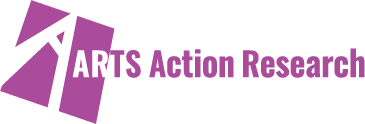It became clearer and clearer as we engaged in discussions about the persistent issues, the roles and expectations in the field that there is a considerable and growing resource distribution problem in the arts sector. These are challenging discussions as everyone is inclined to be protective of what they have, even in a dysfunctional system. It has been easier, and less contentious, to focus on the challenges of being under-resourced as a sector, assuming that a solution to that challenge would automatically address the resource distribution inequities. But the traditional ‘trickle down’ structure in which large institutions receive the bulk of the resources with the expectation that these resources will be infused throughout the sector is out of step in a world in which exciting, dynamic and significant work is emerging in places disconnected from traditional power structures. Further, the entrenched model of resource distribution sustains historic patterns, which prevent the sector from realizing genuine equity and diversity.
It will require trust, honesty and perspective to have a truly productive conversation about change that can fundamentally shift the entrenched value systems and power structures within the sector. It will also require the trust from funders, policy makers and arts sector supporters to step back and allow the arts leaders to lead this conversation, as they must. But, knowing that change starts on an individual level and works outward, we have reason to be hopeful. Within the TLC Toronto cohorts, we observed leaders thinking differently about resource distribution and starting to implement new approaches on a small, organizational or local scale. We believe that this movement could grow and that a sector-wide change is possible as the patterns in the local are translated on larger and larger scales and the inevitable sequential cycle of change plays out over time.


Leave a reply
You must be logged in to post a comment.